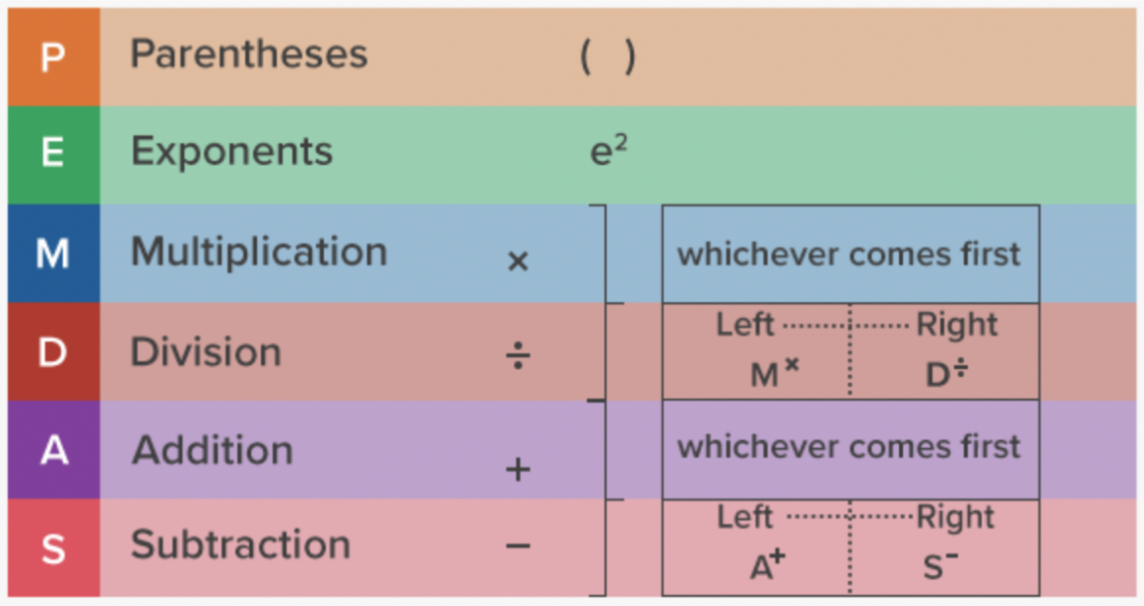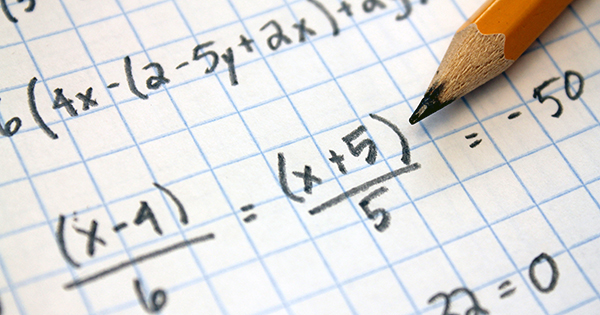
Mathematical brain teasers are a great way to keep your mind sharp, test your problem-solving abilities, and reinforce key mathematical concepts. One such puzzle has recently gone viral online for its deceptively simple appearance—but don’t be misled by its straightforward layout.
The math expression in question challenges people to solve it correctly in a short time. While many rush to an answer, only those who properly apply the order of operations reach the correct solution.
Let’s walk through this puzzle step-by-step using clear logic and mathematical rules.
The Math Expression:
5 × 5 − 5 + 5 ÷ 5
At first glance, it might seem like a basic arithmetic question. However, to solve it correctly, you need to follow the proper order of operations, often taught in schools using the acronym PEMDAS or BODMAS, depending on the educational system.

What Is the Order of Operations?
The order of operations refers to the sequence in which parts of a mathematical expression should be calculated to ensure an accurate result. It is a foundational concept in mathematics taught in primary and secondary education worldwide.
According to Khan Academy and BBC Bitesize, the commonly accepted order is:
PEMDAS:
- P: Parentheses
- E: Exponents (or powers and roots, etc.)
- MD: Multiplication and Division (from left to right)
- AS: Addition and Subtraction (from left to right)
Alternatively, BODMAS is used in many countries:
- B: Brackets
- O: Orders (powers and roots)
- DM: Division and Multiplication (left to right)
- AS: Addition and Subtraction (left to right)
No matter which acronym you use, the sequence remains consistent for solving arithmetic expressions correctly.

Solving the Expression: Step-by-Step Breakdown
Let’s now solve the expression using the correct order of operations:
Expression:
5 × 5 − 5 + 5 ÷ 5
Step 1: Handle Multiplication and Division First (from left to right)
- 5 × 5 = 25
- 5 ÷ 5 = 1
Now the equation becomes:
25 − 5 + 1
Step 2: Perform Addition and Subtraction (from left to right)
- 25 − 5 = 20
- 20 + 1 = 21
Final Answer: 21

Why Many People Get It Wrong
This puzzle may seem simple, but it’s common for people to miscalculate by not following the order of operations. Some people may perform addition before division, or subtraction before multiplication, leading to incorrect answers like 5 or 1.
According to the National Council of Teachers of Mathematics (NCTM), students and even adults often make these mistakes when they rush or rely on mental math without applying structured problem-solving techniques.
This puzzle is a great example of why math fluency—the ability to understand and apply mathematical concepts confidently—is more important than memorizing formulas without comprehension.
Educational Value of Math Puzzles
Brain teasers like this aren’t just fun—they’re educational tools that reinforce essential math skills:
- Numerical operations: Practicing addition, subtraction, multiplication, and division
- Critical thinking: Evaluating which operations to perform and in what order
- Attention to detail: Avoiding mistakes due to hasty assumptions
Educational platforms such as Khan Academy and Math Is Fun use similar puzzles to help learners of all ages strengthen their problem-solving abilities.

Tips for Solving Math Expressions Accurately
If you want to improve your accuracy with problems like this, keep these tips in mind:
- Write it out: Use paper or a whiteboard to avoid mental errors.
- Underline or highlight operations: This helps prioritize what comes next.
- Remember left to right: When operations are of equal precedence (e.g., multiplication and division), solve them from left to right.
- Practice regularly: The more you solve, the more automatic the logic becomes.

Can You Create Your Own Puzzle?
Try writing your own arithmetic expressions using all four operations. Challenge friends or classmates to solve them and explain the steps.
Example:
8 + 2 × 3 − 4 ÷ 2 = ?
Solution:
- Multiply: 2 × 3 = 6
- Divide: 4 ÷ 2 = 2
- Add: 8 + 6 = 14
- Subtract: 14 − 2 = 12
Creating puzzles builds deeper understanding and makes learning math more engaging.

The Broader Relevance of Arithmetic Logic
While puzzles like this are recreational, the logic behind them has real-world applications. Mathematics underpins everyday decision-making, from calculating expenses to understanding data trends and evaluating risks.
Whether you’re a student, professional, or someone just brushing up on core skills, mastering arithmetic and logical problem-solving remains valuable.
According to the U.S. Department of Education, math proficiency contributes to career readiness and problem-solving skills, making exercises like this more than just a game.
Summary
Let’s recap:
- The original math expression is 5 × 5 − 5 + 5 ÷ 5
- By applying the order of operations, the correct sequence is:
- Multiply and divide first: 25 and 1
- Then subtract and add: 25 − 5 + 1 = 21
- Many people get it wrong by ignoring the rules of PEMDAS/BODMAS
- This puzzle demonstrates how math logic works in both educational and real-life scenarios
Final Thought: Can You Solve It in Under 10 Seconds?
Now that you know how to apply the order of operations, try timing yourself or challenge a friend. Can you get the correct answer in under 10 seconds?
Whether or not you meet the time goal, the most important part is accuracy and understanding.


